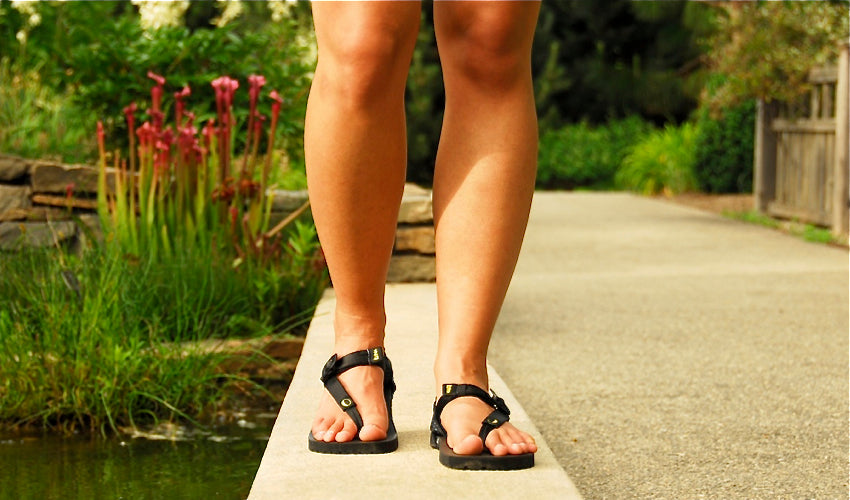
The idea that the foot’s main arch—the medial longitudinal (ML) arch—needs to be propped up and supported is a long-held belief in the foot care world and the footwear industry. In fact, propping up the ML arch with conventional arch orthotics is a common approach used by physicians to help treat certain foot and ankle disorders and “resolve” inherent foot flaws. Arch support is also a common design element included in conventional footwear for the same reasons. But I thought it would be helpful to examine the true nature of the ML arch and discuss what arch support truly means (and whether conventional arch support is really necessary—or even beneficial—for the human foot). In this article, I'll also discuss the importance of natural arch support and how to develop strong and sturdy arches by adhering to natural foot health principles.
Architectural Arch Principles

Understanding the architectural principles of an arch is extremely important in understanding what’s best for your foot's ML arch. A quick look at the dictionary reveals the following definition of an arch:
A curved structure that supports the weight of material over an open space.
In other words, an arch is any curved structure that is able to bear weight over an open space by providing support on either end of that open space, not by propping it up in the middle. In truth, an arch (any arch) becomes stronger when increasingly large forces are placed upon it, as the increased load causes the arch’s components to “mesh” more effectively. Engineers who design arch bridges understand this principle, and they would never design an arch bridge that was propped in the middle and had uneven support ends (like what you find in a lot of conventional shoes, which elevate the heel—and sometimes the toes—above the forefoot).
Foot Arch Architecture

If you take a closer look at the architecture of the bones that make up the ML arch, you quickly realize that most of these bones are themselves shaped like arches (even the individual toe bones, or phalanges). Nature is expecting all these bones to bear weight. Applying the dictionary definition of an arch to the ML arch, it can be reasoned that this structure is best supported by placing each end of the arch on a level plane and not by propping it up in the middle, as most conventional arch supports do (and as it’s widely believed is necessary).
Unfortunately, the type of foot arch support that’s most readily available to consumers and patients today (such as footbeds, built-in arch support in footwear, and conventional arch orthotics) is the exact opposite of the type of “arch support” most people actually require for healthy feet. All these products try to support or prop up the span of the ML arch and they do nothing to support the ends of this arch (i.e., the heel and the forefoot and toes).
Conventional Arch Support: A Band-Aid Solution

It’s true that some people who use conventional arch orthotics or other forms of arch support may experience a (usually temporary) improvement in their foot comfort while standing or walking, but this isn’t because they have a foot problem that’s solved or corrected by arch support. Instead, it’s because almost all footwear on the market today expects the wearer to function optimally while walking on a downhill ramp (an outcome of heel elevation—one of the most popular design elements included in conventional footwear). To put it another way, the “arch support” prescribed for and used by most people serves only as a Band-Aid solution (at best) that allows a person to continue wearing the type of footwear that led to or caused his or her foot problem in the first place.
Conventional footwear strips the ML arch of its inherent strength and stability by disrupting both support ends of the arch. It does this by elevating the heel, pinching the toes together, and positioning the toes above the ball of the foot. This triad of factors is extremely effective in destabilizing the ML arch. In fact, these common shoe design elements invert the normal foot arch, stripping the arch of all its power. And by propping up the open space of the foot arch, conventional arch support only serves to weaken the muscles and tendons that span this space or act upon it, which include the many layers of muscles in the foot and the muscles in the lower leg that send tendons to insertion points on the toes.
How to Enable Natural Arch Support

Natural arch support involves placing both ends of your ML arch on a completely flat surface from heel to toe, and it also involves restoring natural toe splay. Spreading out your toes the way nature intended is absolutely crucial in stabilizing the ML arch and preventing excessive pronation. Most of us who have worn conventional footwear for most of our lives have toe deformities that make it difficult to spread our toes. A helpful tool for enabling natural toe splay and natural arch support is Correct Toes (which you can wear on your bare feet or in combination with Injinji toe socks). This toe spacing device gently realigns your toes to their normal anatomical position, prevents numerous foot and toe problems, and restores power and function to your ML arch. Using footwear with a completely flat support platform in combination with Correct Toes is the best way to enable natural arch support and build strong and healthy feet.
SHOP CORRECT TOES SHOP INJINJI TOE SOCKS

Natural Footgear features men's and women's shoes, boots, and sandals that are completely flat from heel to toe (also known as “zero drop” footwear), have flexible soles, and possess toe boxes that are sufficiently wide to accommodate natural toe splay and Correct Toes. Allowing your foot to function like a healthy barefoot inside your shoe is the best way to allow your foot, including all its various foot arches, to thrive. Regardless of whether your ML arch is low, medium, or high, it is inherently strong and capable of supporting your body’s weight. The simple act of walking and bearing weight with your foot in a healthy configuration provides all the stimuli your arch needs to become strong and resilient. In fact, the more weight your ML arch bears, the stronger it becomes! So, grab some foot-healthy footgear, get out there, and enjoy the foot health benefits associated with natural arch support.
SHOP MEN'S FOOTWEAR SHOP WOMEN'S FOOTWEAR

WANT TO IMPROVE YOUR FOOT HEALTH?
Let the team at Natural Footgear help you! Subscribe to our newsletter for the latest offers and helpful info, and sign up for our FREE email courses on various topics and foot health conditions.
Sign Up →
Want to Improve Your Foot Health?
We are here to help you every step of the way. Get our newsletter for the latest offers and helpful info, and sign up for our FREE email courses on various topics and conditions, including bunions, hammertoes, neuromas, plantar fasciosis, shin splints, ingrown toenails, and more.
Sign Up →
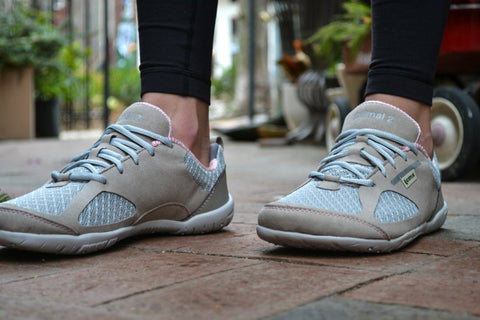 Propping up the foot arch is a common approach used by physicians to help treat certain foot and ankle disorders. Arch support is also a design feature commonly touted by shoe manufacturers as beneficial. But we thought it would be helpful to discuss what arch support really means and whether it’s truly necessary—or even desired—in the foot. To understand our arch support philosophy, it’s important to understand the architectural principle...
Read more
Propping up the foot arch is a common approach used by physicians to help treat certain foot and ankle disorders. Arch support is also a design feature commonly touted by shoe manufacturers as beneficial. But we thought it would be helpful to discuss what arch support really means and whether it’s truly necessary—or even desired—in the foot. To understand our arch support philosophy, it’s important to understand the architectural principle...
Read more








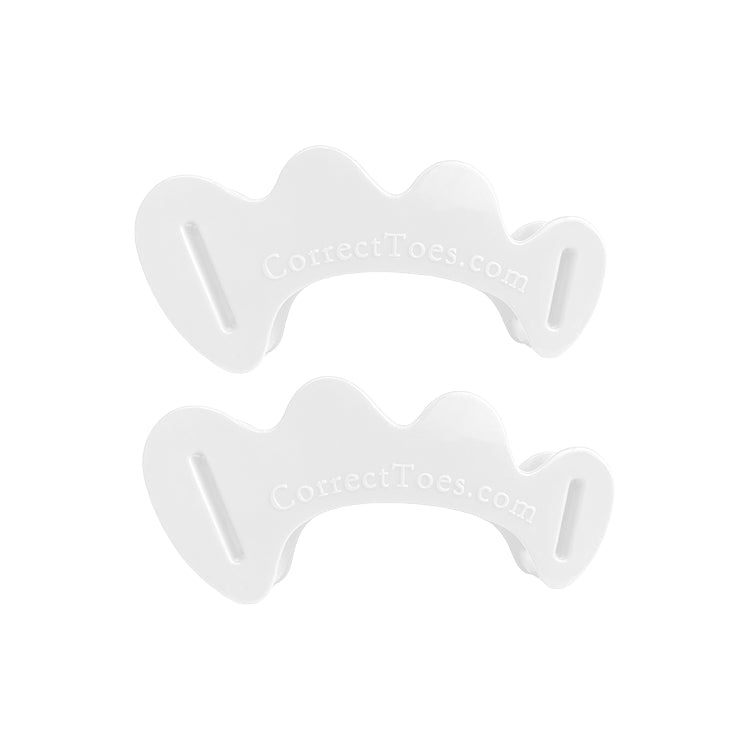
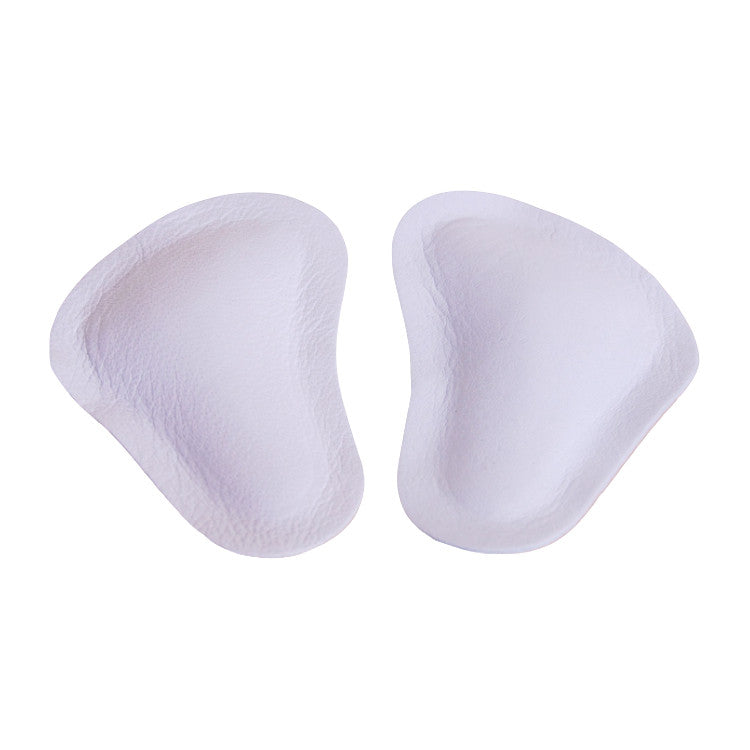

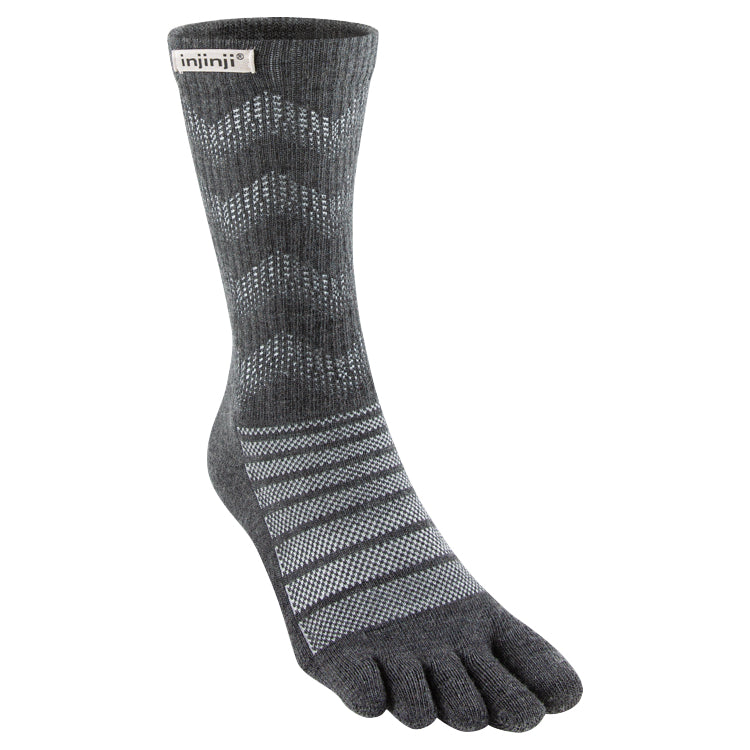
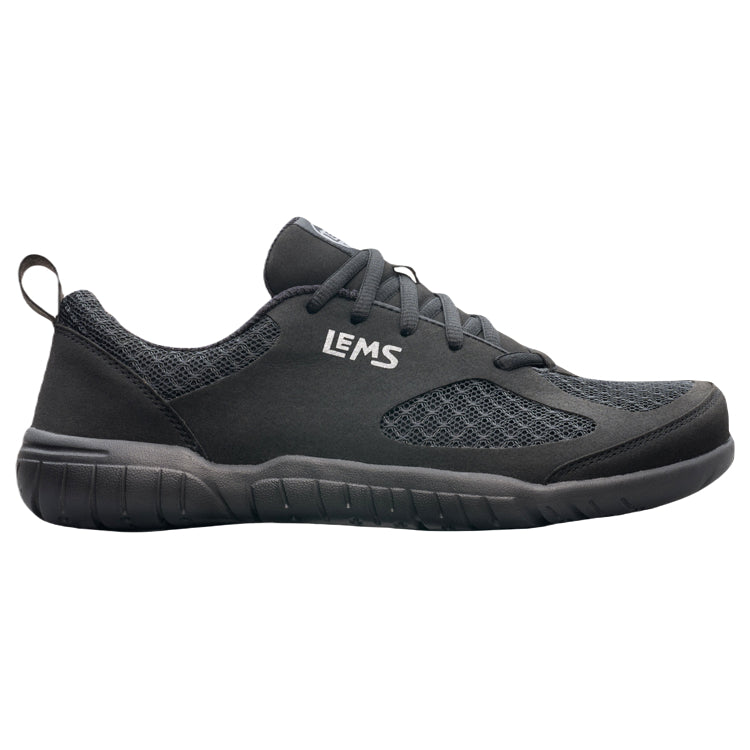
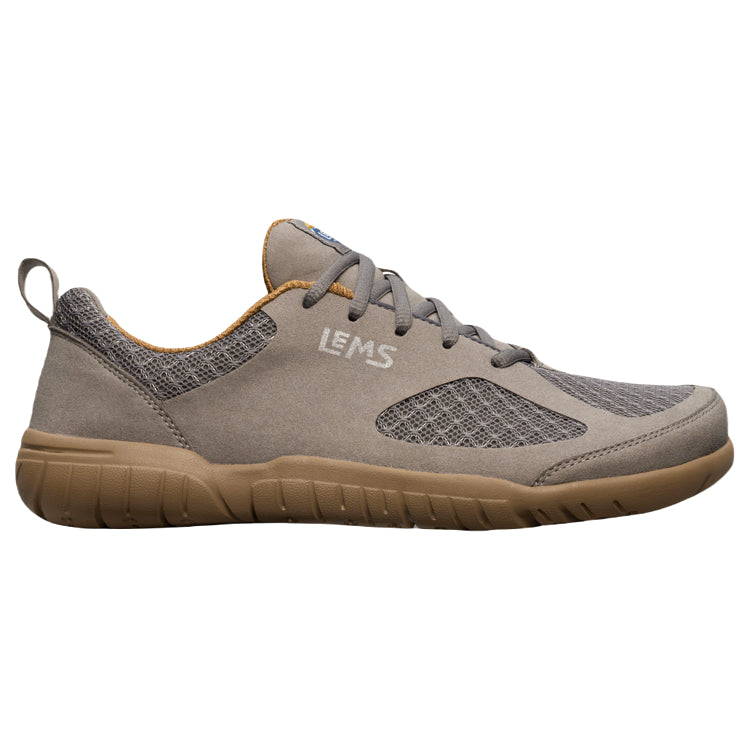
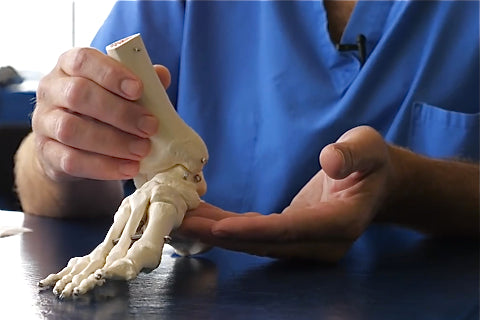
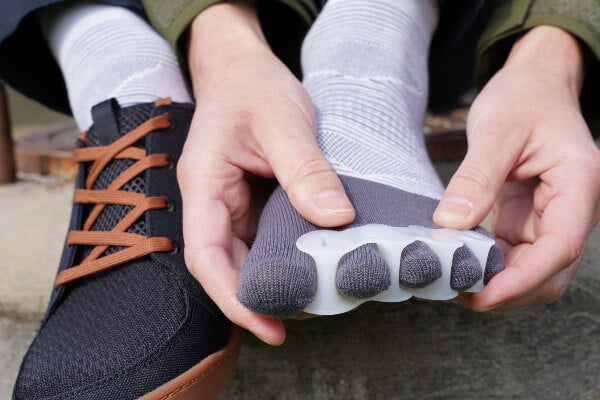
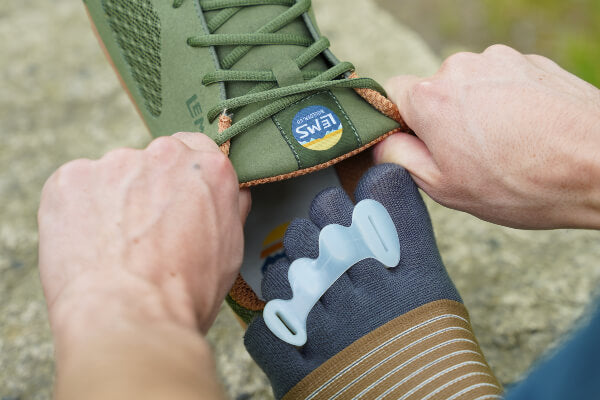
What type of people (or should I say foot) would benefit from conventional arch orthotics?
Hi, Pam,
Thank you for your message. And excellent question. I think you’ll appreciate the following video, which answers your question in detail:
www.naturalfootgear.com/blogs/education/17921600-who-should-use-orthotics
Kind regards,
Marty Hughes, DC
Does a metatarsal pad for treating my sesamoiditis have a similar effect as an arch support orthotic? (meaning it’s helpful for sesamoiditis but not for building natural arch strength?
I’m at a point where walking barefoot is almost painless with regards to my sesamoiditis. But I tend to walk more on the outside part of my foot by reflex. Should I still use a metatarsal pad? And for how long? And is that counterproductive for building natural arch support?
Also, metatarsal pads in conventional shoes head lead to excess pressure on the tip of my big toe (during big hikes and bike rides), felt back at the joint. What do you think?
Hello, Vincent,
Thank you for your message. By helping to return the forefoot fat pad to a position that supports and protect the sesamoids, metatarsal pads can be very helpful in promoting natural arch support. Unlike conventional arch orthotics, metatarsal pads are not rigid and do not immobilize the foot in an unnatural position.
The excess pressure you’re feeling in the tip of your big toe may be the result of wearing conventional footwear with a tapering toe box (www.naturalfootgear/blogs/education/17914828-tapering-toe-boxes). With ample room in the toe box, this problem may not occur, and it should allow the metatarsal pads to work as intended, especially if your toes are allowed to splay naturally (www.naturalfootgear.com/pages/foot-anatomy-101).
Here are a couple of articles that you might find very helpful moving forward. The first is on Sesamoiditis, and second is on Natural Arch Support.
Sesamoiditis:
www.naturalfootgear.com/blogs/education/17911740-sesamoiditis
Natural Arch Support:
www.naturalfootgear.com/blogs/education/17888744-natural-arch-support
Kind regards,
Marty Hughes, DC
Can you tell me if custom orthotics would help with the swelling, pain, and/or cause of capsulitis (with swelling of the ball of the foot beneath the big toe and 2nd & 3rd toes)? What do you feel is beneficial for capsulitis? Thank you so much!
Hi, Kim! Thank you for your comment! In our experience, we’ve found that a natural approach to foot care can be very helpful in addressing capsulitis. First, I recommend checking out this article, which explains the various causes and symptoms of the condition and offers several non-invasive solutions that you might find useful:
www.naturalfootgear.com/blogs/education/17860972-capsulitis
One of the most effective solutions, in our experience, involves using Correct Toes toe spacers (which are, by definition, a type of toe orthotic). For most people, Correct Toes helps eliminate the need for conventional arch orthotics by enabling the main foot arch to support itself. This article, Correct Toes & Orthotics, furthers this discussion and offers a more comprehensive explanation of our natural approach:
www.naturalfootgear.com/blogs/education/17861564-correct-toes-orthotics
I hope you find this information helpful. Please let us know if you have any other questions moving forward!
All best,
Andrew Potter
I have worn Correct Toes for over a year on most occasions. I like the stability I get when I wear them, as I have two bunions. My right bunion is worse, and even when I have a shim in the hole of my Correct Toes, my hallux still is not fully corrected. Is this ok? And can I, over time, ever fully correct the bunion?
I now have better toe dexterity than I ever remember, and I have even been told by an orthopedic surgeon to keep wearing the Correct Toes! Thank you so much!
Greetings, Tracy!
Thank you for your comment. I’m glad to hear that you’ve made some good foot health gains by using Correct Toes to restore proper toe alignment. The cavities in the device are designed to accommodate up to three separate shims, so adding a couple more shims to your device might be helpful (we’ve found that small rectangular pieces of an old shoe insole usually make for the best shims—just FYI).
In our experience, we’ve found that most folks who have a bunion can indeed restore optimal big toe alignment and resolve the bunion over time. This depends on a number of factors, though, including how often the toe spacers are used, the kind of footwear that’s worn on a regular basis, the length of time the bunion has existed, and the responsiveness of an individual’s soft tissues to external forces, among other factors.
I hope this info helps! If you have any other questions, please do let us know.
Kind regards,
Marty Hughes, DC
I can testify to the fact that eliminating “support” can strengthen the arches. I started wearing shoes that meet your guidelines for foot health about 18 months ago. Among other brands, I ordered shoes from The Drifter Leather, which involved taking a series of measurements and tracings of my feet. After 9 months, I had to redo the measurements because my shoes had become tight. I discovered that not only had my feet become wider and longer, but they were actually thicker around the arches by about 1/4 inch! By allowing my foot muscles to work as intended, I actually gained muscle mass in my feet.
Hi, Karen,
Thank you for posting your comment! It’s really great to hear about all the progress you’ve made by switching to foot-healthy footwear. Also, that’s an important observation you made, about your foot gaining muscle mass. Like any other muscle group, the foot muscles need to be properly worked in order to become larger and stronger. Keep up the great work and please do report back to us with additional updates down the line!
All the best,
Marty Hughes, DC
I have/need to wear a 9 mm lift under my left heel because it is my shorter leg. I started wearing it about 15 years ago to help with a back problem. Currently, I wear the toe socks and the Lems Primal 2 shoes. I had to cut the Correct Toes down so it is one spacer between the big and second toes. I couldn’t walk with them otherwise. Question: My left heel started hurting while wearing Lems and I just stuck a metatarsal pad under the left arch and the heel pain stopped. Am I doing the right thing in supporting the left arch like that? Thank you.
Hi, Mary,
Thank you for your comment. Without being more familiar with your case, and without being able to see and assess you in person, I can’t make any definitive statements about your case. My best recommendation is to schedule a visit with a local foot care provider who can give you more personalized care. We have put together this resource on our site that lists some of the most important questions to ask any prospective foot care practitioner:
www.naturalfootgear.com/blogs/popular-q-a/what-questions-should-i-be-asking-a-prospective-foot-care-provider
Kind regards,
Marty Hughes, DC
In regards to the metatarsal pads, how long would a typical person have to wear these in their shoes? I understand the transverse arch eventually gets corrected through extended use of the metatarsal pads. How does this occur?
Hi, Jon,
Great question! In general, we recommend that most folks simply incorporate the use of metatarsal pads into their long-term approach to foot health and rehabilitation. Though metatarsal pads can be quite helpful in (quickly) addressing ball of foot problems and discomfort, there are many other reasons to continue on with the pads after the acute problem has been dealt with. You can read all about the benefits of metatarsal pads here:
www.naturalfootgear.com/blogs/educational-articles/metatarsal-pad-benefits
The benefits to the transverse foot arch that you asked about mostly revolve around the space that the met pads help open up between the metatarsal heads. This allows more room for the interdigital nerves and blood vessels to pass on their way to and from the toes.
I hope this info helps! Please let us know if you have any other questions.
Kind regards,
Marty Hughes, DC
The Correct Toes toe spacers do not stay put. I need to consistently take off my shoes and adjust the Correct Toes on my toes. I am wearing Injinji toe socks and Altra Escalante shoes.
Hi, Joyce,
Thank you for your comment. And thank you for checking in about your Correct Toes. You might consider using two thin velcro straps looped through the cavities in the device to secure the spacers to your big and little toes. For those who need it, this can be a helpful technique in keeping the device rooted in place. You can see a visual depiction of this technique here:
https://cdn.shopify.com/s/files/1/0735/7693/files/DSC0634.JPG?9572842378345176190
Alternatively, you might consider trimming down the “nubs” that project toward the foot on the device’s 1st and 4th pillars. Please see this video for a demonstration of this customization:
www.naturalfootgear.com/blogs/educational-articles/how-to-customize-correct-toes
One final option: You might also consider using your Correct Toes underneath a conventional sock.
I hope this info helps!
Kind regards,
Marty Hughes, DC